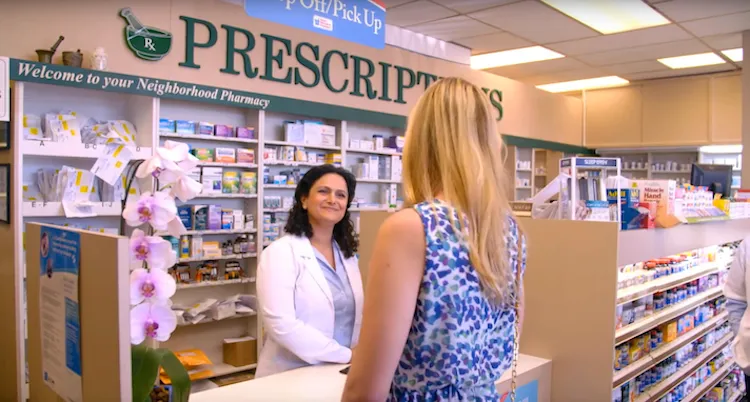For retail pharmacy operators, the election of Donald Trump as the next president of the United States ushers in a period of uncertainty. Health care was a focal point during the closing days of his unorthodox campaign, when he repeatedly vowed that one of his top priorities after taking office would be to repeal and replace the Affordable Care Act, legislation that President Obama views as a pillar of his legacy.
 Enacted in March 2010, the ACA, which is so closely identified with the current president that it is frequently referred to as Obamacare, was designed to address two vexing problems in the American health care system by enhancing access to coverage and reining in rapidly escalating costs. While the landmark legislation has made significant headway in meeting the first objective, with more than 20 million people joining the ranks of the insured, it has been unable to stem the tide of rising costs.
Enacted in March 2010, the ACA, which is so closely identified with the current president that it is frequently referred to as Obamacare, was designed to address two vexing problems in the American health care system by enhancing access to coverage and reining in rapidly escalating costs. While the landmark legislation has made significant headway in meeting the first objective, with more than 20 million people joining the ranks of the insured, it has been unable to stem the tide of rising costs.
The announcement by the Obama administration in late October that premiums for policies sold on the health insurance marketplace created by the ACA will rise an average of 25% next year was a significant factor in Trump’s victory over Hillary Clinton. By election day it was abundantly clear that whoever became president would have to find a way to change the unsustainable trajectory of health care spending.
So what comes next? In separate interviews with The Wall Street Journal and “60 Minutes,” the president-elect indicated that he is rethinking his blanket opposition to Obamacare. Trump said that he would try to retain the ban against insurers denying coverage to individuals with preexisting conditions, and that he also favors allowing parents to keep children up to the age of 26 on their health insurance plan.
Asked on “60 Minutes” if people who now have coverage would face a period of disruption while he and the Republican-controlled Congress remake health care, Trump said, “We’re not going to have a two-year period when there’s nothing. It will be repealed and replaced. … It will be great health care for much less money. So it will be better health care, much better, for less money. Not a bad combination.”
Trump is likely to find that restructuring almost 20% of the nation’s economy along those lines is a daunting task, one that requires a great deal of careful scrutiny and purposeful thought to develop a plan that might work in the real world, as well as an extended period of political wrangling to get it enacted. The job will be that much more difficult because Republicans in Congress, who have spent the past six years decrying the ACA and voting to rescind it, haven’t put forward a proposal for what should follow Obamacare, not to mention the thorny problem of how to get from here to there.
Efforts by an untested administration to revamp the nation’s health care system will create a degree of unpredictability for pharmacy operators and other providers, and that’s not welcome news for anyone. Fortunately, forces in the private sector, backed by elements of the ACA, are already at work trying to bring about the ultimate goal envisioned by both Obama and Trump — better care at a cost that won’t preclude other important investments and ultimately bankrupt the country.
Leaders in the private sector grasp the gross inefficiency of the current health care system and the poor return on the dollar that it delivers. Attempts to break down barriers and better integrate the valuable contributions of health care professionals, including pharmacists, are beginning to bear fruit. The new administration would do well to learn from their experience as it thinks about what might supplant the ACA.






